



India struggles to manage growing sludge from rapid urbanization. With most areas depending on on-site sanitation, a strong Fecal Sludge and Septage Management framework is vital. Despite supportive policies, gaps in infrastructure, technology, and regulation remain. Adopting a circular economy can turn sludge into a valuable resource.
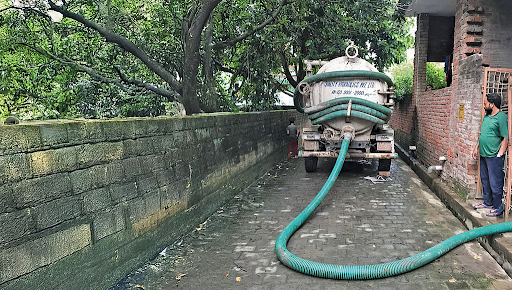
Copyright infringement not intended
Picture Courtesy: DOWNTOEARTH
The Swachh Bharat Mission (SBM) increased toilet access across India, but effective sludge management—the safe collection, treatment, and disposal of waste—is still a major challenge.
Sewage sludge, the semi-solid residue left after wastewater treatment, and faecal sludge, collected from on-site sanitation systems such as septic tanks, both contain organic matter and harmful contaminants.
India generates nearly 62 million tons of sewage sludge annually, projected to exceed 165 million tonnes of waste by 2030 and 436 million tonnes by 2050. (Source: PIB, MoHUA)
India produces over 72 billion litres of sewage per day but only 28% is treated, leaving vast quantities of untreated sludge contaminating rivers, soil, and groundwater—endangering ecosystems and public health. (Source: NITI Aayog)
Public Health Impacts:
Untreated sludge contaminates water sources, leading to diseases such as cholera, typhoid, and diarrhea.
Annually about 37.7 million Indians are affected by waterborne diseases, 1.5 million children die of diarrhoea and 73 million working days are lost leading to an economic burden of $600 million a year. (Source: UN, Indiawaterportal)
Environmental Damage
Untreated wastewater pollutes rivers and groundwater, degrading ecosystems and harming aquatic life. For example, the Ganga remains heavily polluted despite major rejuvenation projects.
In India, about 70% of surface water is unfit for consumption, and nearly 40 million liters of wastewater are discharged daily into water bodies with minimal treatment. (Source: World Economic Forum)
Economic Losses
Polluted waterways hurt fisheries, agriculture, and tourism, costing billions annually. Flooding incidents like the 2017 Chennai floods, worsened by clogged drains, highlight the economic toll of poor waste management.
Water pollution costs India 3% of its GDP annually, between $6.7 billion and $8.7 billion, in health expenses. (Source: World Bank)
Infrastructure Gaps
Many sewage treatment plants (STPs) operate below capacity or remain non-functional. For example; The Delhi Jal Board reports that 8 of 40 sewage treatment plants in Delhi are non-functional.
Rapid urban growth has outpaced infrastructure expansion, leaving cities with outdated systems unable to handle increasing loads.
Poor Operation and Maintenance (O&M)
Even functional plants often suffer from weak maintenance, insufficient funding, and limited technical manpower.
In India, the own tax revenue of municipal corporations, comprising property tax, water tax, toll tax and other local taxes, formed 31-34% of the total revenue. (Source: RBI)
Technical Limitations
Older STPs cannot adequately treat new-age pollutants like pharmaceuticals and heavy metals. FSTPs often face over- or under-loading, reducing efficiency and treatment quality.
Financial Constraints
Building and maintaining treatment facilities—centralized or decentralized—is capital-intensive. Smaller cities struggle to sustain systems due to irregular funding.
Weak Institutional and Regulatory Frameworks:
Urban Local Bodies (ULBs), responsible for sanitation, often lack the resources and expertise to manage the entire sanitation chain. Coordination across agencies remains poor.
Social and Behavioral Barriers
Limited public acceptance of treated wastewater and sludge reuse, driven by misconceptions and lack of awareness. Informal and unsafe disposal practices continue in many areas.
Rural-Urban Divide
While cities have some infrastructure, most rural areas rely on on-site sanitation systems with no organized mechanism for desludging or treatment. Different geographies require tailored solutions.

National Policy on Faecal Sludge and Septage Management (FSSM), 2017
Focuses on ensuring safe handling, treatment, and disposal of sludge and septage, empowering cities to adopt integrated approaches.
Shifts focus from open defecation to “safe sanitation for all,” targeting 100% sewage and septage management and promoting reuse of treated wastewater.
Aims to make 500 cities “water secure,” ensuring universal water supply and full sewage management. It emphasizes recycling treated wastewater for agriculture and industry.
|
Successful Case Studies Odisha’s Urban-Rural Convergence Model: Urban FSTPs in districts like Dhenkanal also serve surrounding rural areas, ensuring efficient use of existing infrastructure. Greater Warangal, Telangana: Warangal is the first city in India to introduce and operationalize Faecal Sludge Management (FSM) regulation. Devanahalli, Karnataka: A circular economy model where treated sludge is sold as fertilizer, creating a sustainable revenue stream for waste management. |
Adopt a Circular Economy Approach: Shift the focus from disposal to reuse—treat sludge as a resource for fertilizer production and treated water for non-potable uses.
Strengthen Infrastructure and Technology: Invest in modern, energy-efficient treatment technologies and ensure both centralized and decentralized systems are functional and scalable.
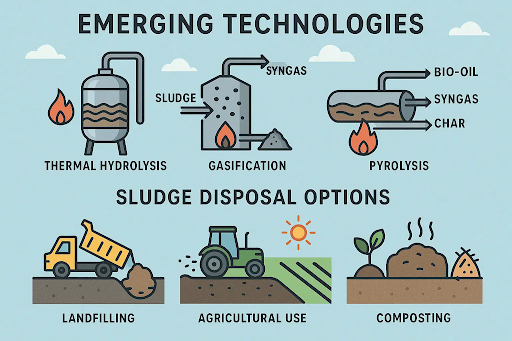
Improve O&M Practices: Ensure adequate funding and skilled manpower for sustained operation. Public-private partnerships can enhance efficiency and accountability.
Tighten Regulations and Oversight: Update standards for sludge reuse, enforce quality norms, and implement digital monitoring for transparency.
Build Capacity and Awareness: Train ULB staff and plant operators while educating citizens about safe sanitation and the benefits of reuse.
Use Digital Tools: Employ GIS mapping, real-time monitoring, and GPS-based tracking of desludging vehicles to improve efficiency.
Strengthen Urban-Rural Linkages: Expand successful convergence models to ensure rural areas benefit from urban treatment infrastructure.
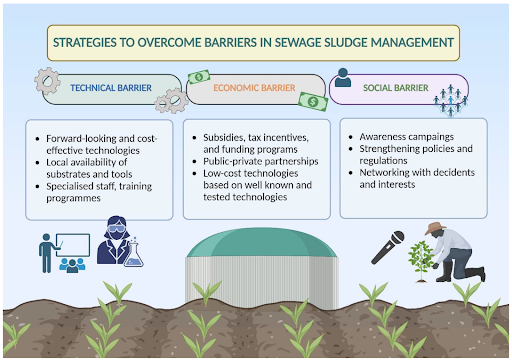
To achieve sustainable urban development, public health, and environmental protection, India must address challenges in sanitation infrastructure, maintenance, and community engagement by prioritizing innovation, investment, and awareness to utilize sludge as a valuable resource.
Source: DOWNTOEARTH
|
PRACTICE QUESTION Q. The Swachh Bharat Mission has been a success in terms of toilet construction, but the real challenge lies in the management of the waste generated. Discuss. 250 words |
Sludge management is crucial for public health and environmental protection due to the presence of pathogens, heavy metals, and pollutants in untreated sludge. It encompasses the correct handling, treatment, and disposal of solid and semi-solid waste from wastewater and sewage treatment.
Co-treatment involves adding faecal sludge and septage to existing sewage treatment plants (STPs). This is a viable option in many cities where building separate FSSM treatment facilities is not feasible.
DEWATS stands for Decentralized Wastewater Treatment Systems, which are localized solutions for wastewater and sludge management, suitable for smaller communities.
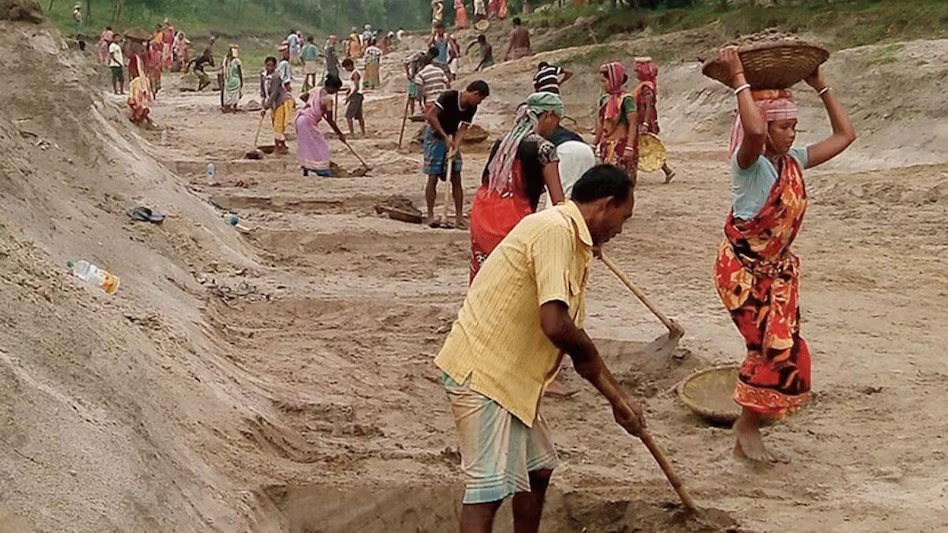


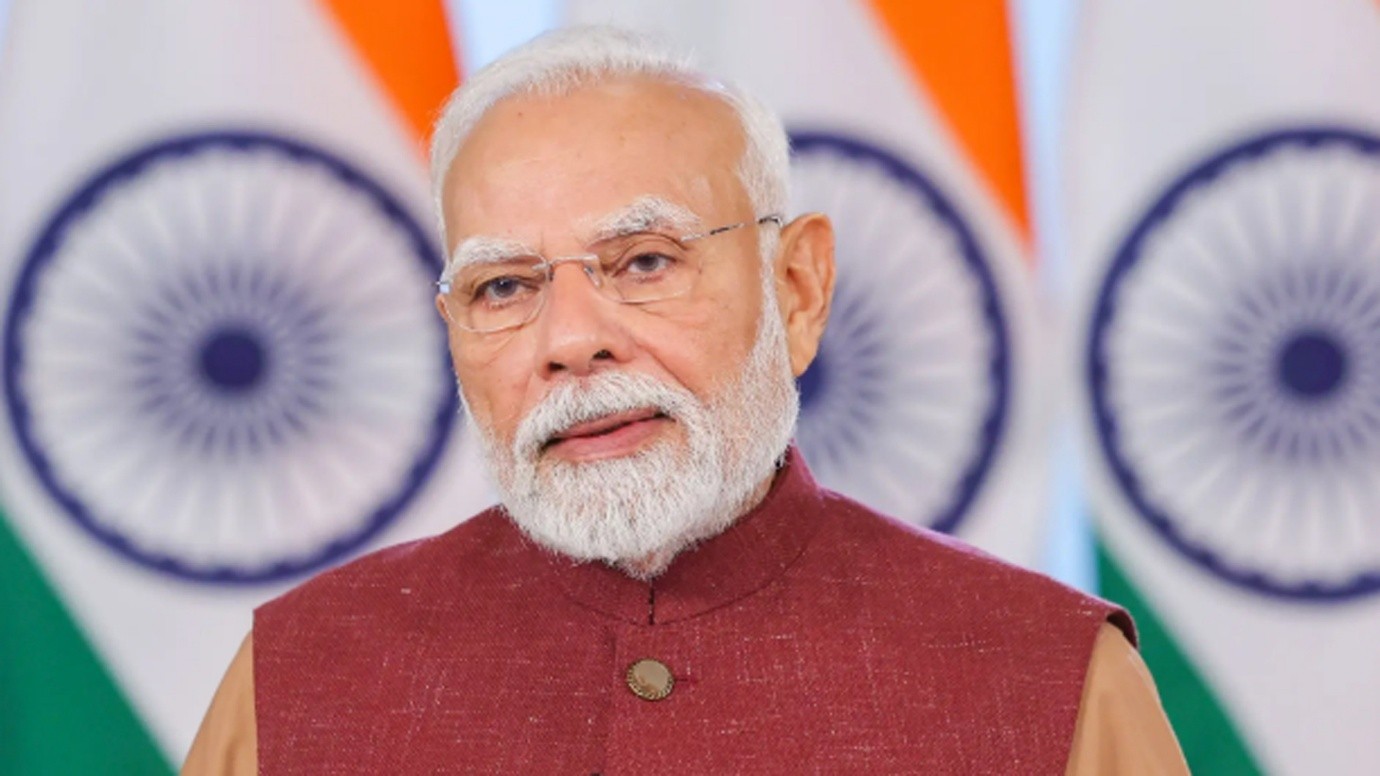
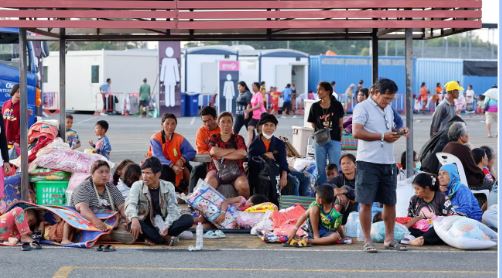

© 2025 iasgyan. All right reserved